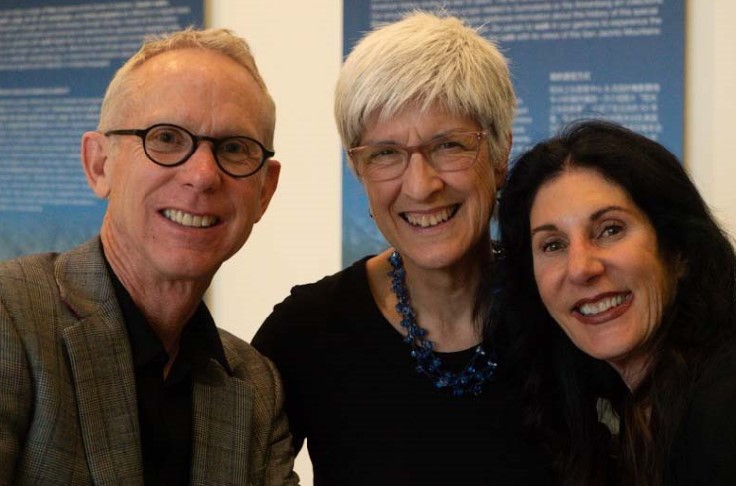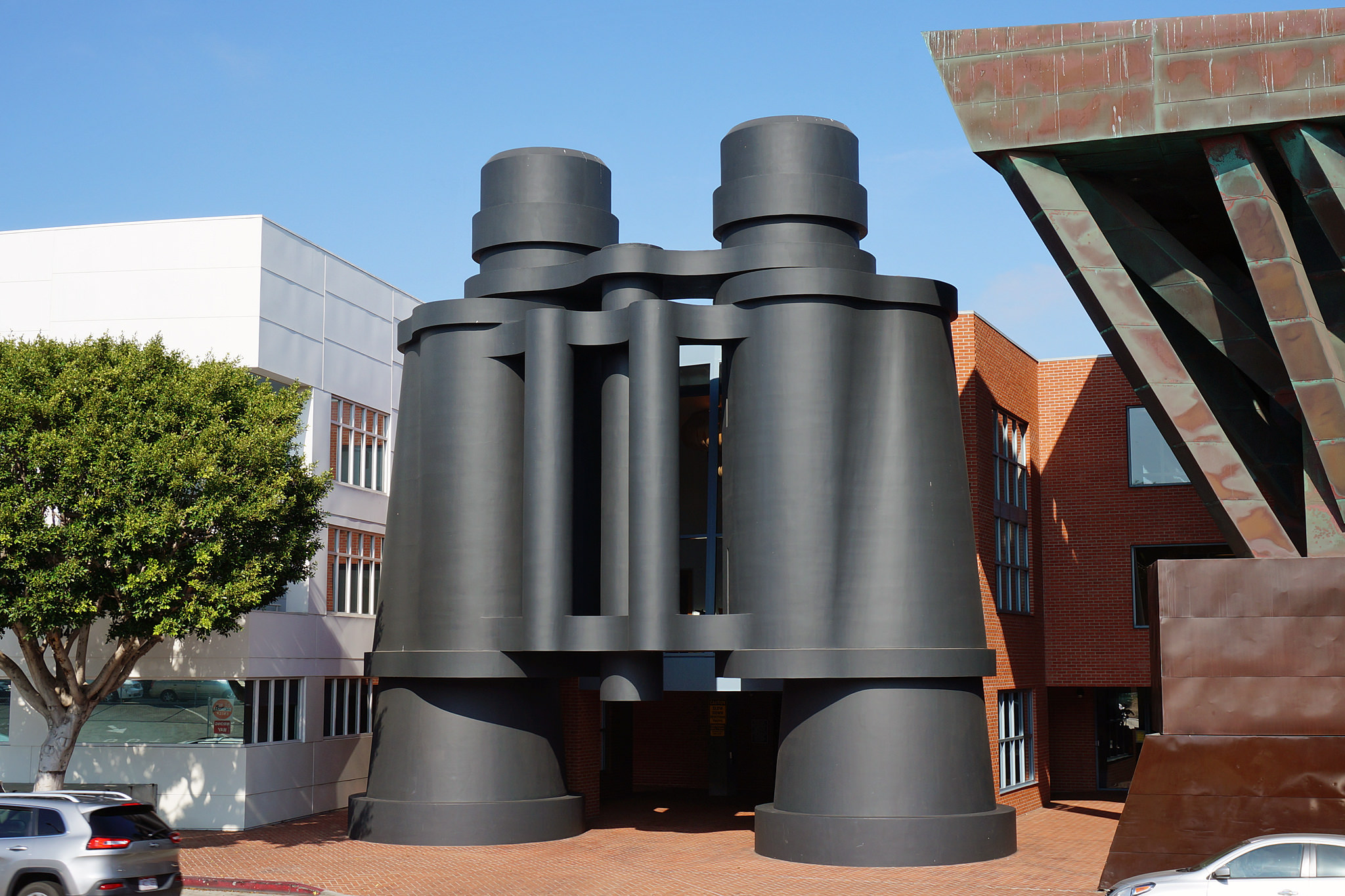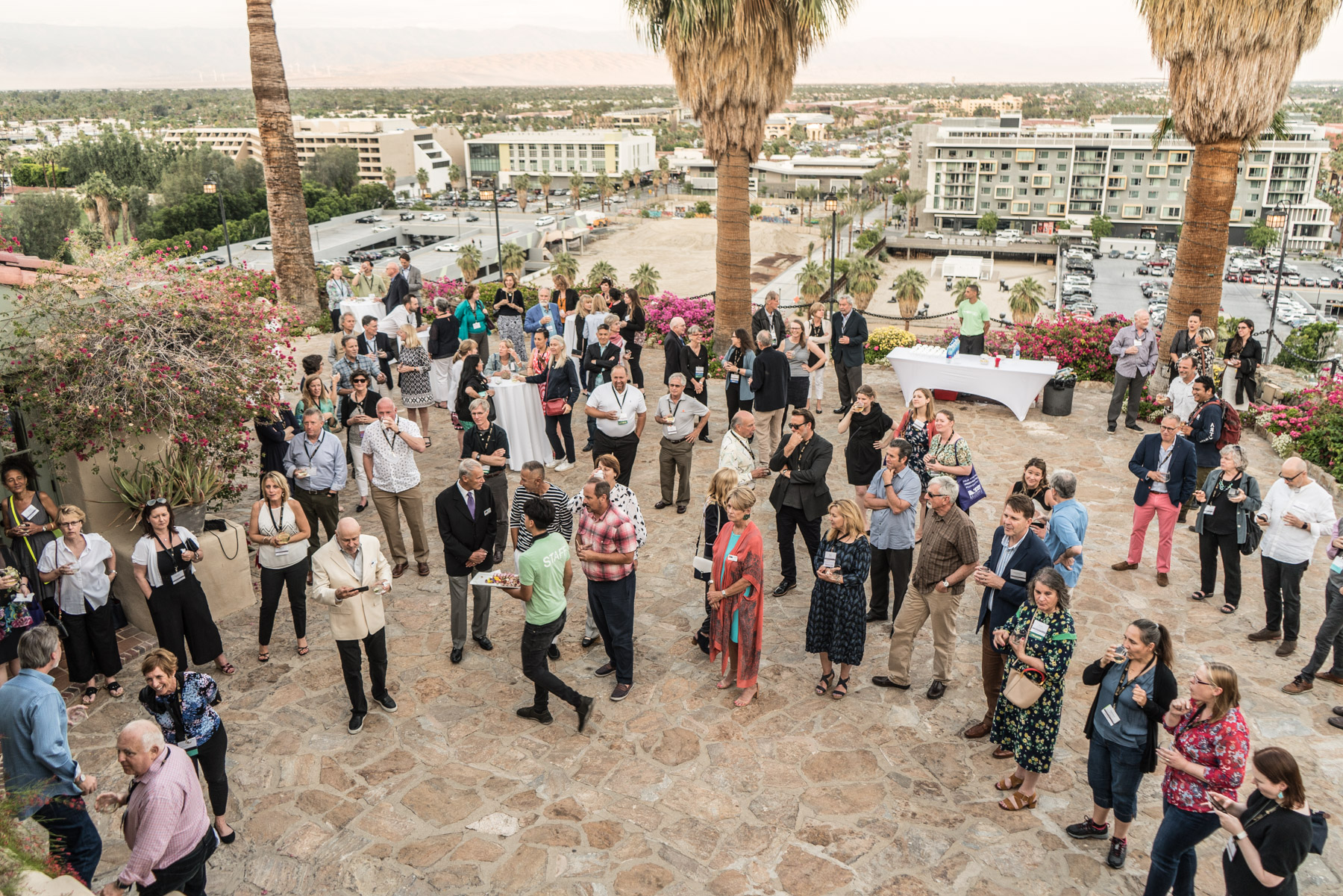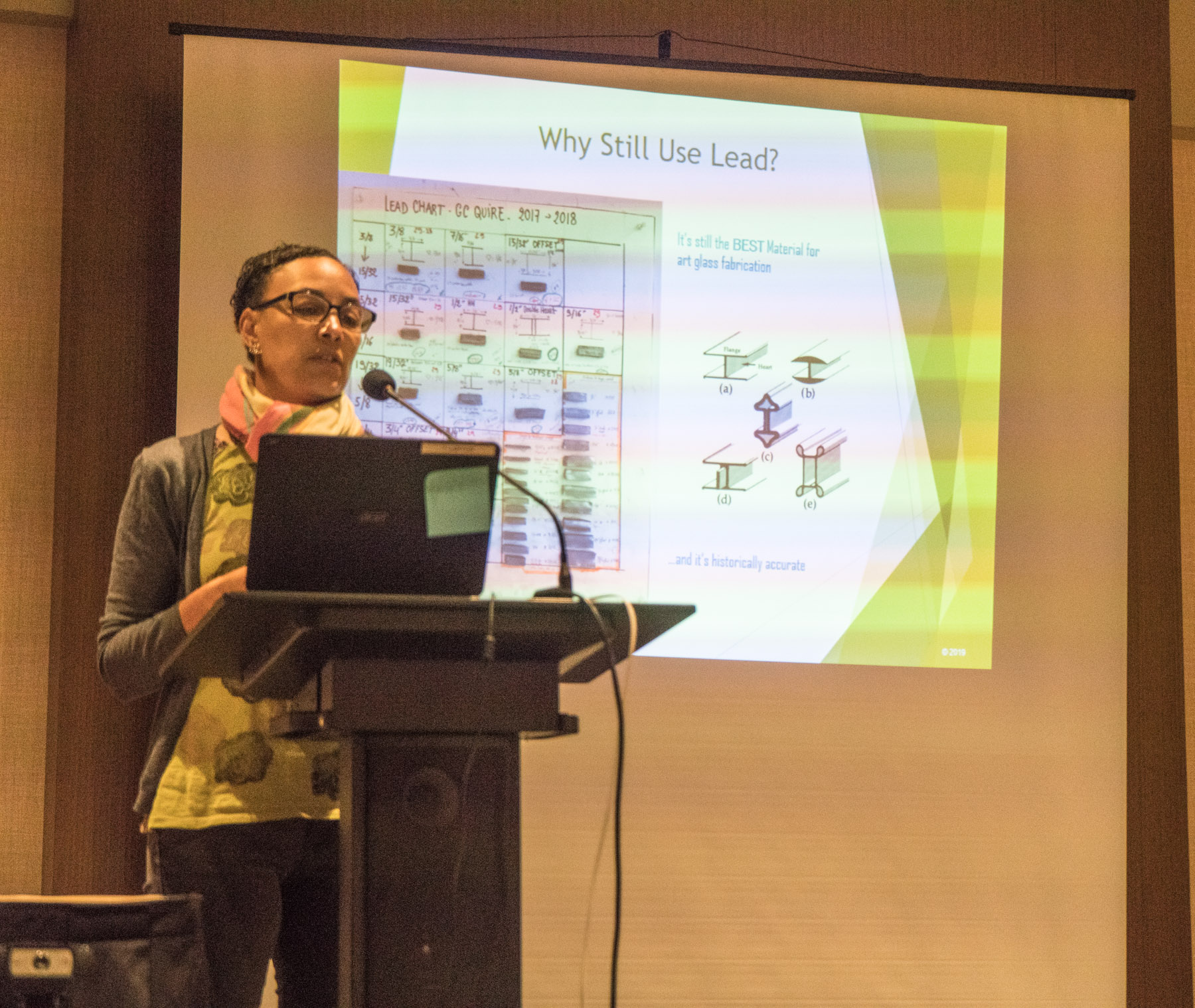Governor Newsom Signs SB 451 (Atkins) – The State Historic Tax Credit Bill
About CPF and the Awards
The California Preservation Awards are a statewide hallmark, showcasing the best in historic preservation. The awards ceremony includes the presentation of the Preservation Design Awards and the President’s Awards, bringing together hundreds of people each year to share and celebrate excellence in preservation.
The California Preservation Foundation (CPF), a 501c3 nonprofit, was incorporated in 1978. We now support a national network of more than 36,000 members and supporters. Click here to learn how you can become a member.
Welcome to Our Team
Become a member today and join our team! We are a community of architects, designers, preservationists, and architecture fans who come together to support a singular mission: to save historic places. We can't do it without you! Click here to join us.
Donate to the Advocacy Fund
Your financial support ensures that bills like SB-451 are passed and historic resources are protected throughout the state.
Get CPF updates
Sign up below to receive advocacy alerts and updates from CPF.
On October 9th, 2019 Governor Newsom signed SB 451 (Atkins) to establish the new California Historic Tax Credit. This landmark bill was authored was Senate Pro Tem Toni Atkins and was sponsored by the California Preservation Foundation (CPF) and the American Institute of Architects, California Council (AIA CA). The passage of SB 451 is a major success for CPF and places California alongside 36 other states that have adopted historic tax credits. We are extremely proud of our work to pass SB 451, which is a major achievement for CPF.
Since its passage a few weeks ago, there have been a number of questions about the implementation of program. CPF will be holding a series of educational forums for people who want to learn more about California’s new historic tax credit program. There are a few key components of the bill and it is important to understand the framework for the historic tax credit established under SB 451.
SB 451 will provide an annual aggregate cap ($50,000,000) on the tax credit program, with $10 million set aside for residential and smaller projects. All eligible buildings must be listed on the California Register of Historic Places.
The historic tax credit is effective January 1, 2021 and has a sunset date of January 1, 2026. Between now and the effective date, the Office of Historic Preservation must adopt regulations to implement the bill and work with the California Tax Credit Allocation Committee to establish a written application. The $50 million annual allocation must be included in the annual state budget. CPF will be working with key legislators to ensure that the bill is funded each year.
The credit is equal to 20% of the qualified rehabilitation expenditures with respect to a certified historic structure. An additional 5% bonus is available for a certified historic structure that meets one of the following criteria as defined in existing law, such as structures located on government surplus property; in a designated census tract; or, is part of a military base reuse authority. Rehabilitation of structures that include affordable housing or are part of a transit-oriented development with higher density, mixed-uses also qualify for the additional 5% bonus.
Another major aspect of the bill is that it makes the tax credit available for qualified rehabilitation expenditures related to a taxpayer’s qualified principal residence if the expenses are determined to rehabilitate the historic character and improve the structural integrity of the residence. In order to qualify for the residential tax credit, the taxpayer must have an adjusted gross income of $200,000 or less and uses the structure as his or her principal residence. The credit amount is not less than $5,000 but does not exceed $25,000.
We will post announcements about future online forums to answer questions about the bill and any developments toward its implementation.
Learn more about CPF’s Advocacy work. You can help CPF continue its work in Sacramento by contributing to CPF’s Advocacy Fund. Every donation will be matched dollar for dollar.
CPF is Hiring!
Interested in joining the California Preservation as the new Development and Communications Manager? Click on the button below for more information about the position and application instructions.














